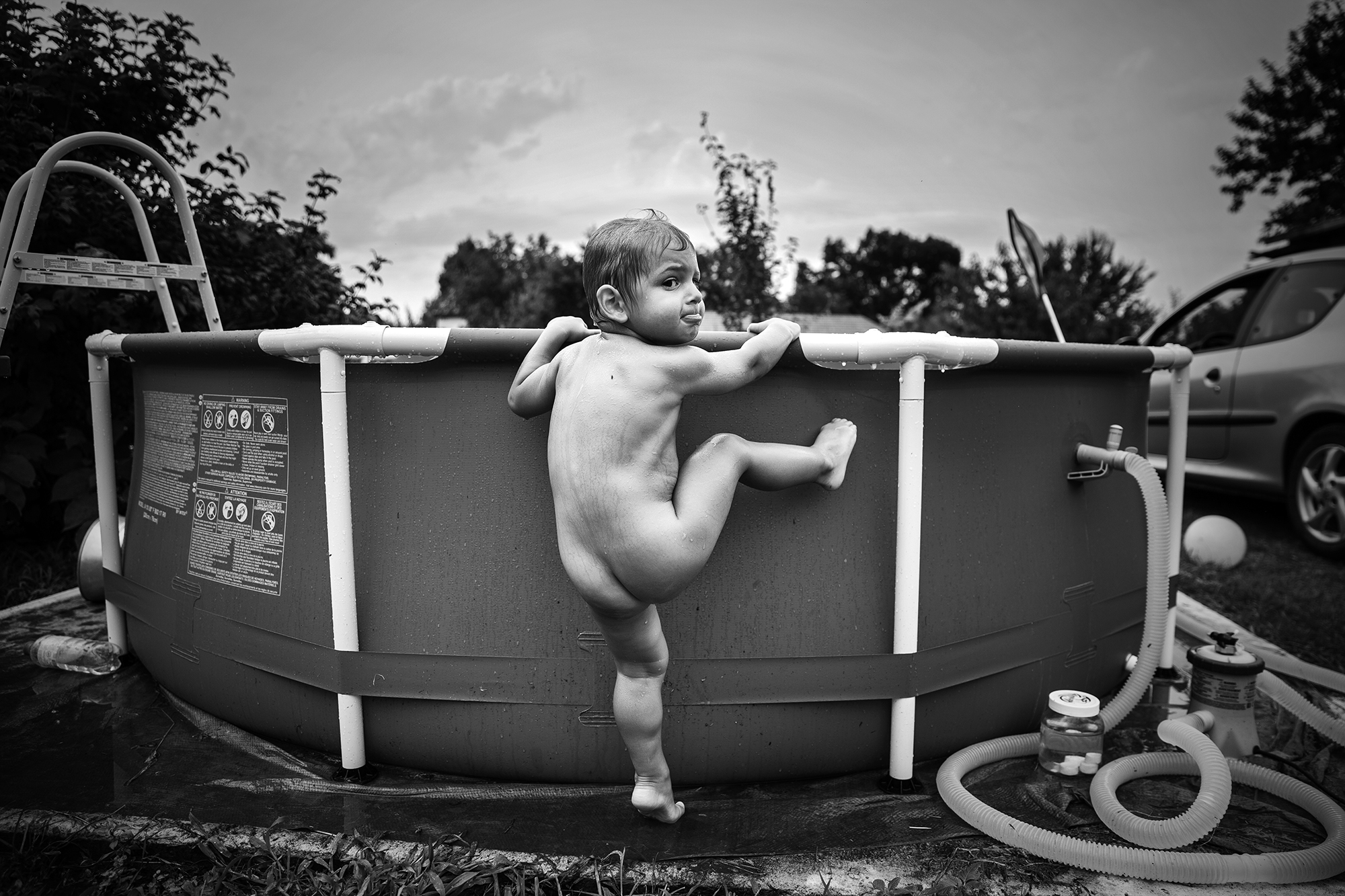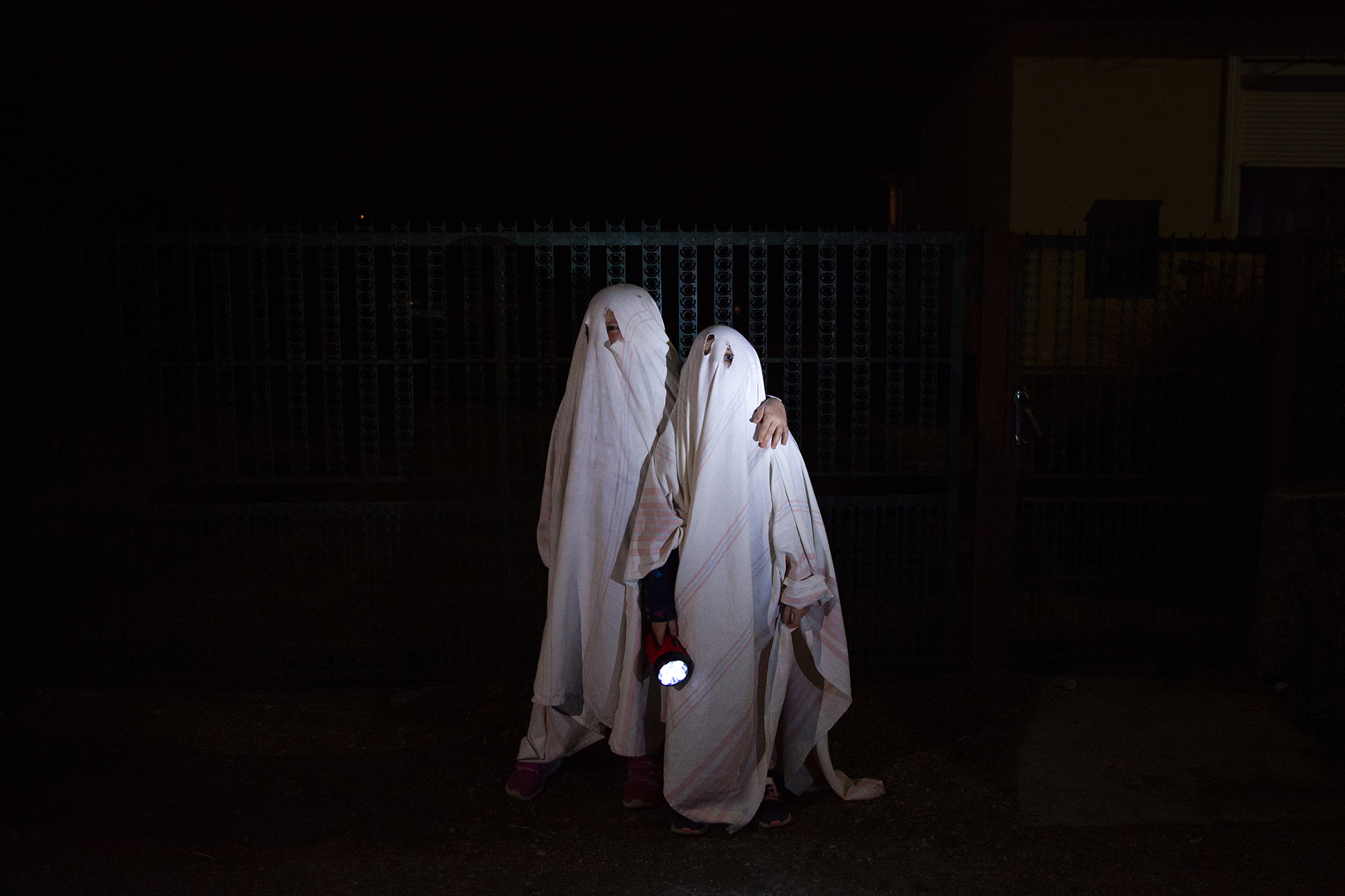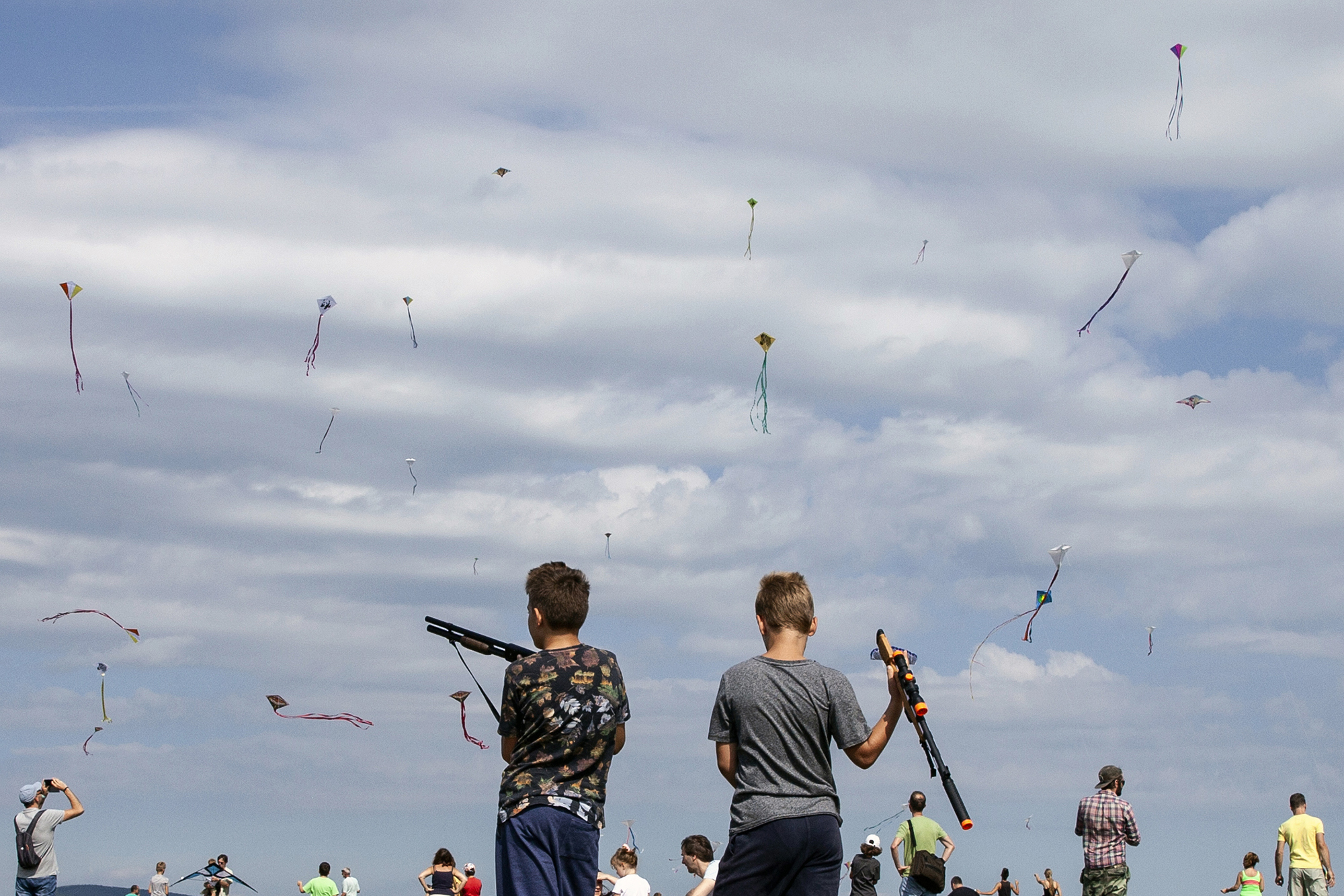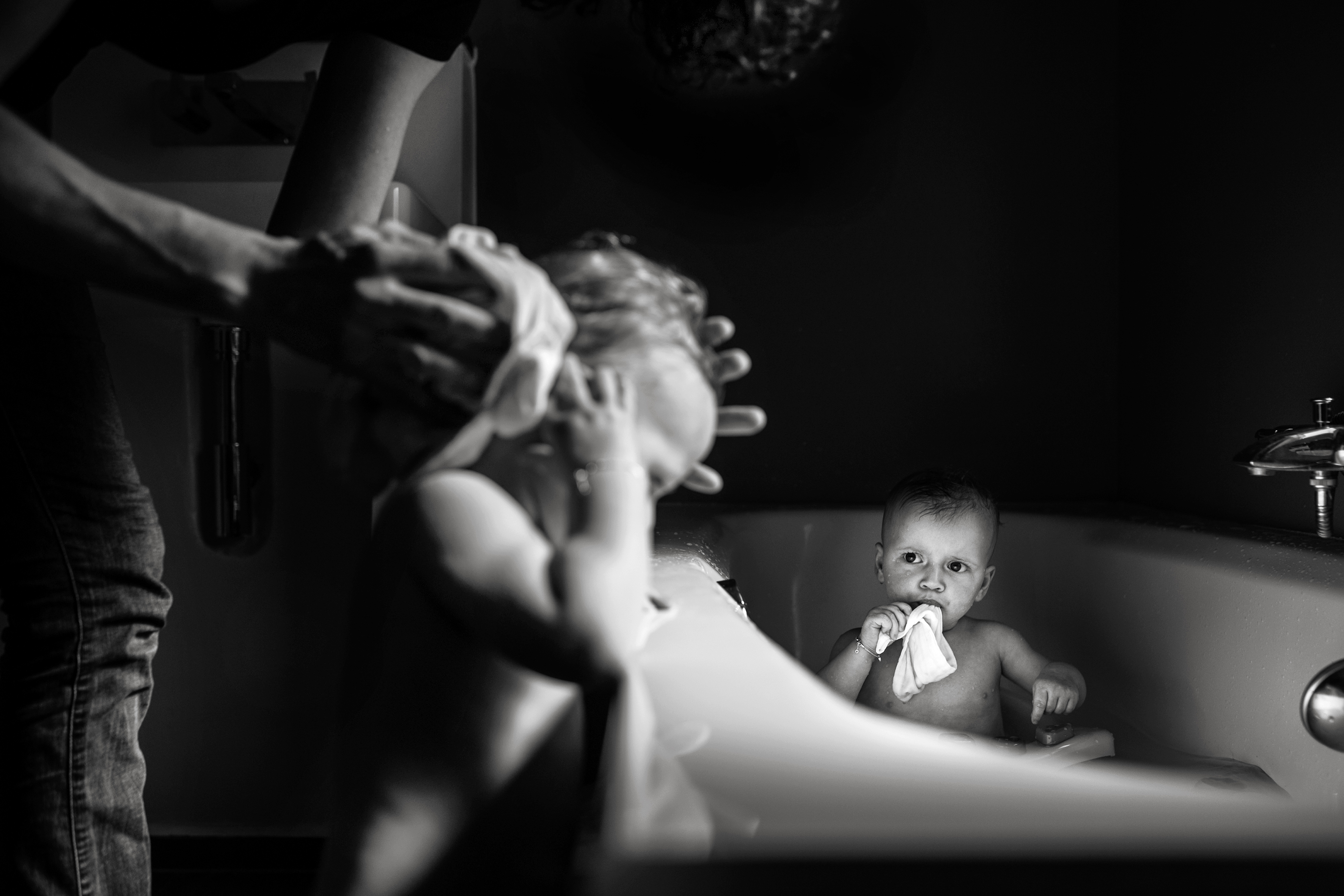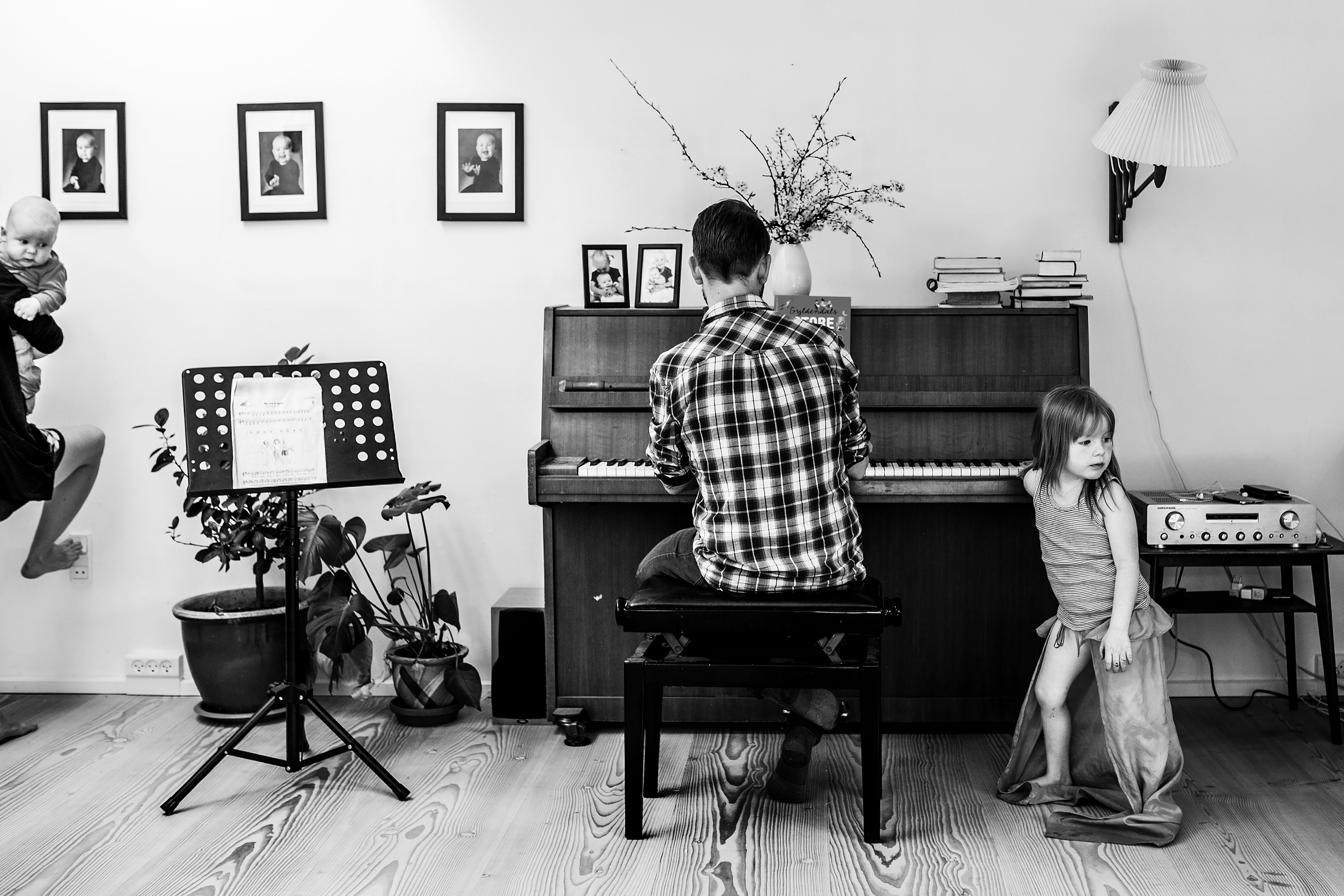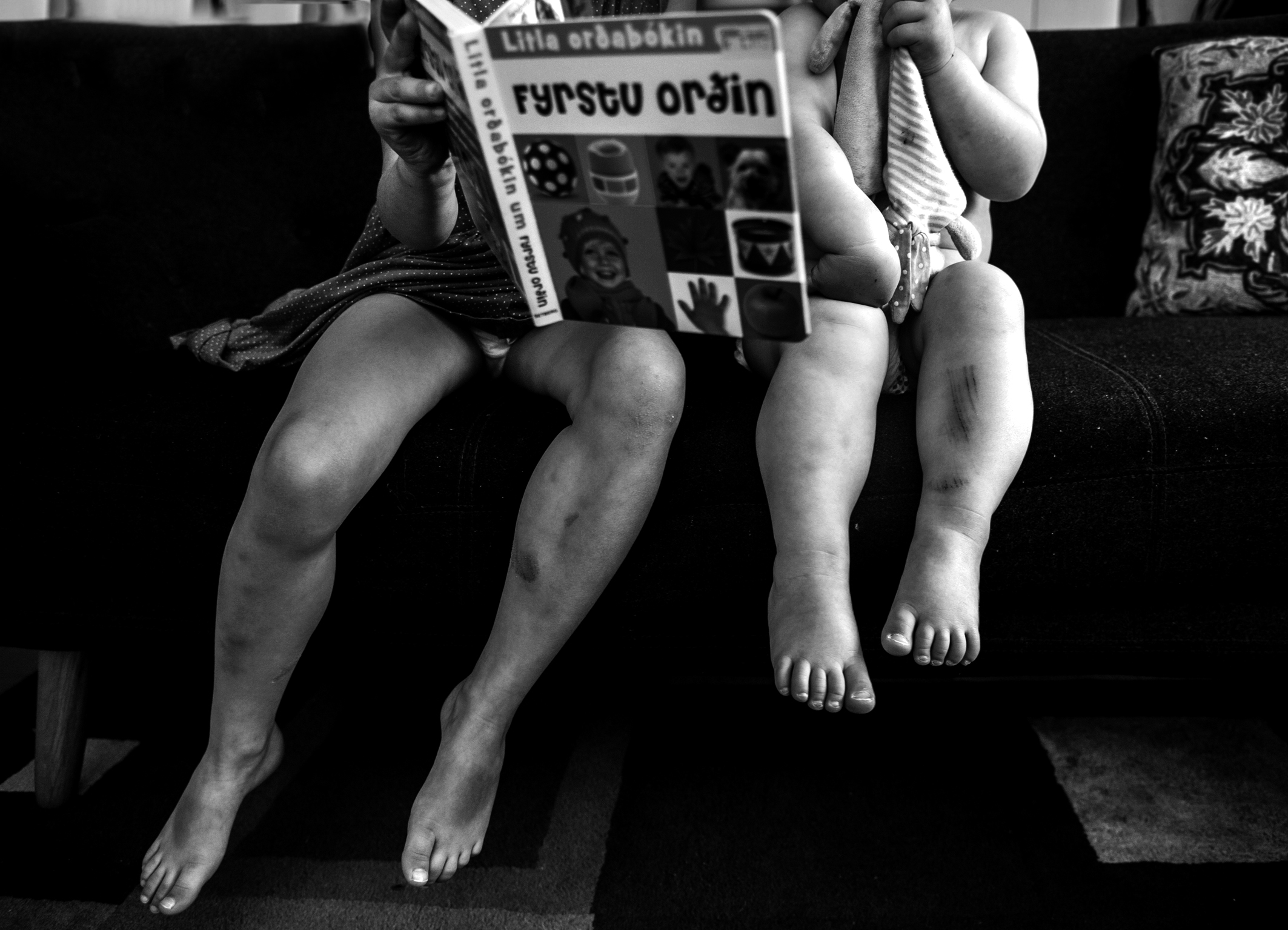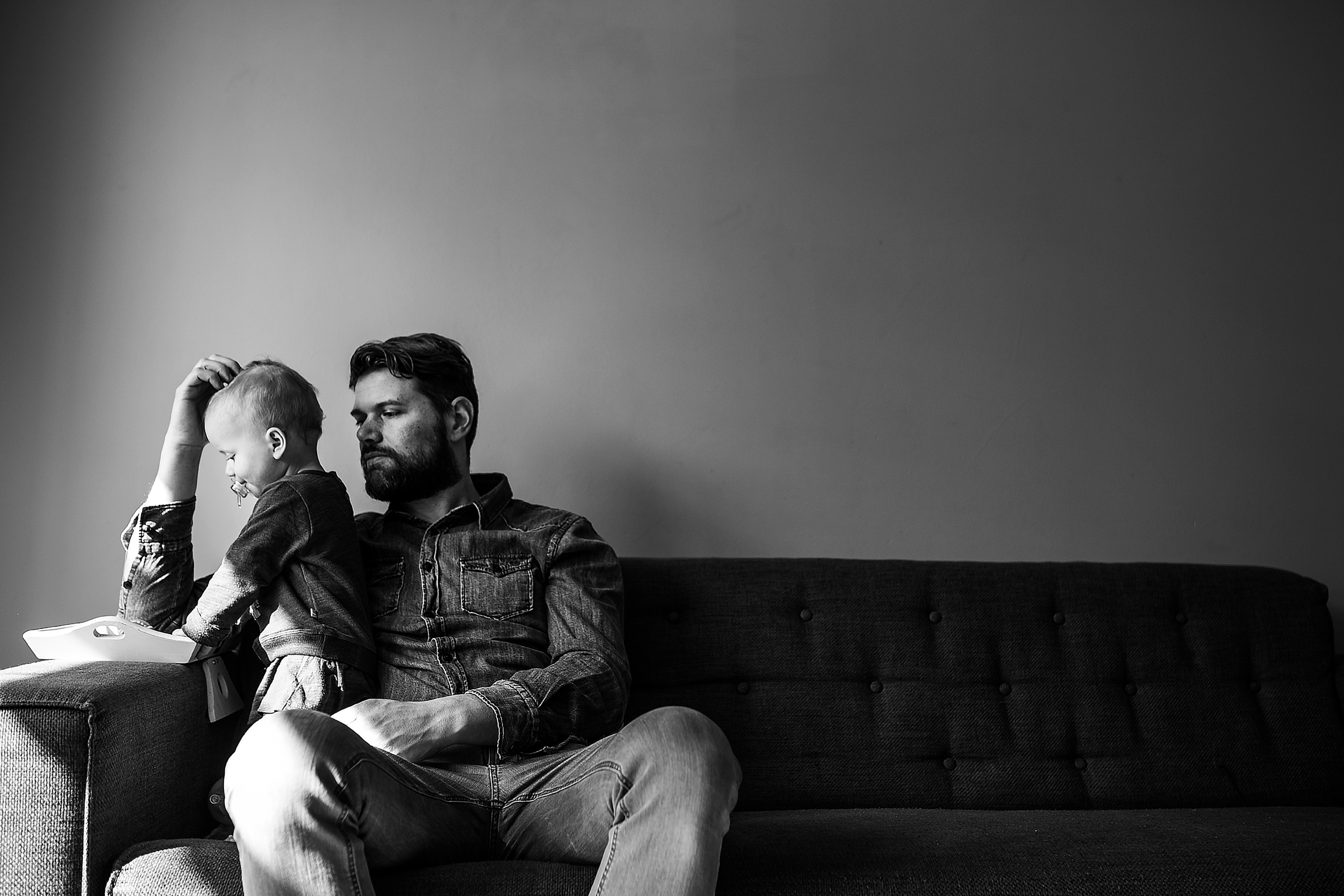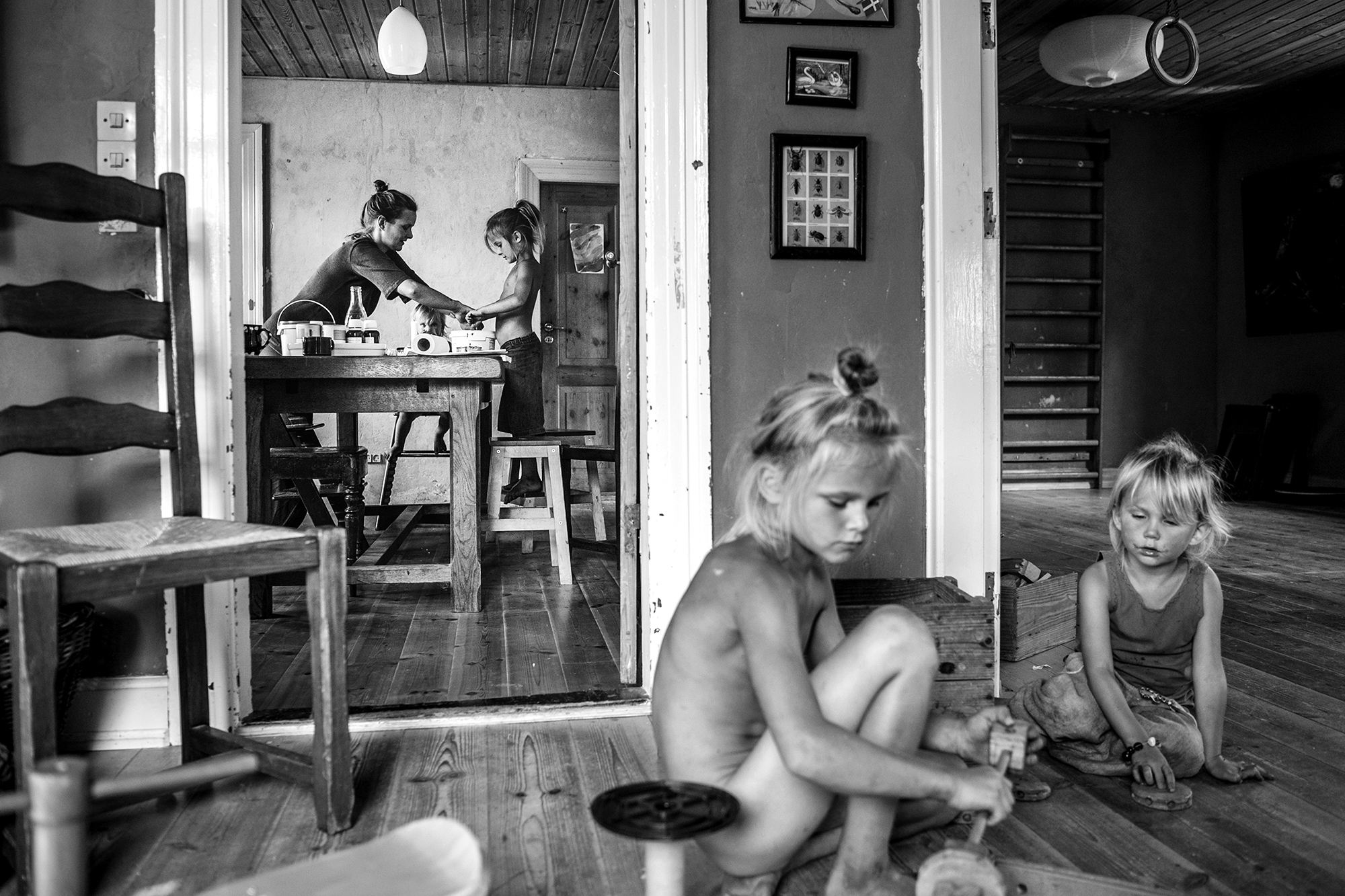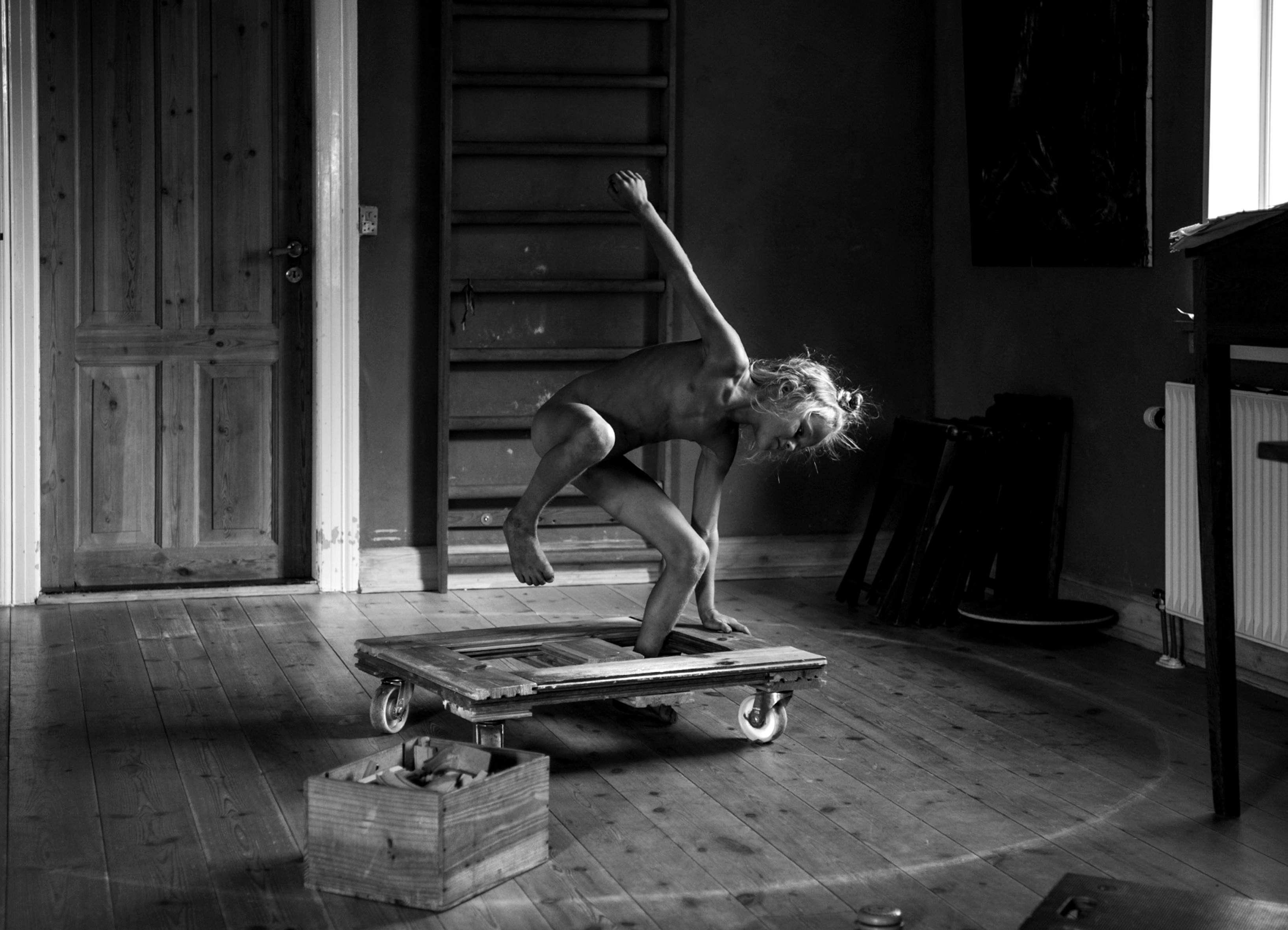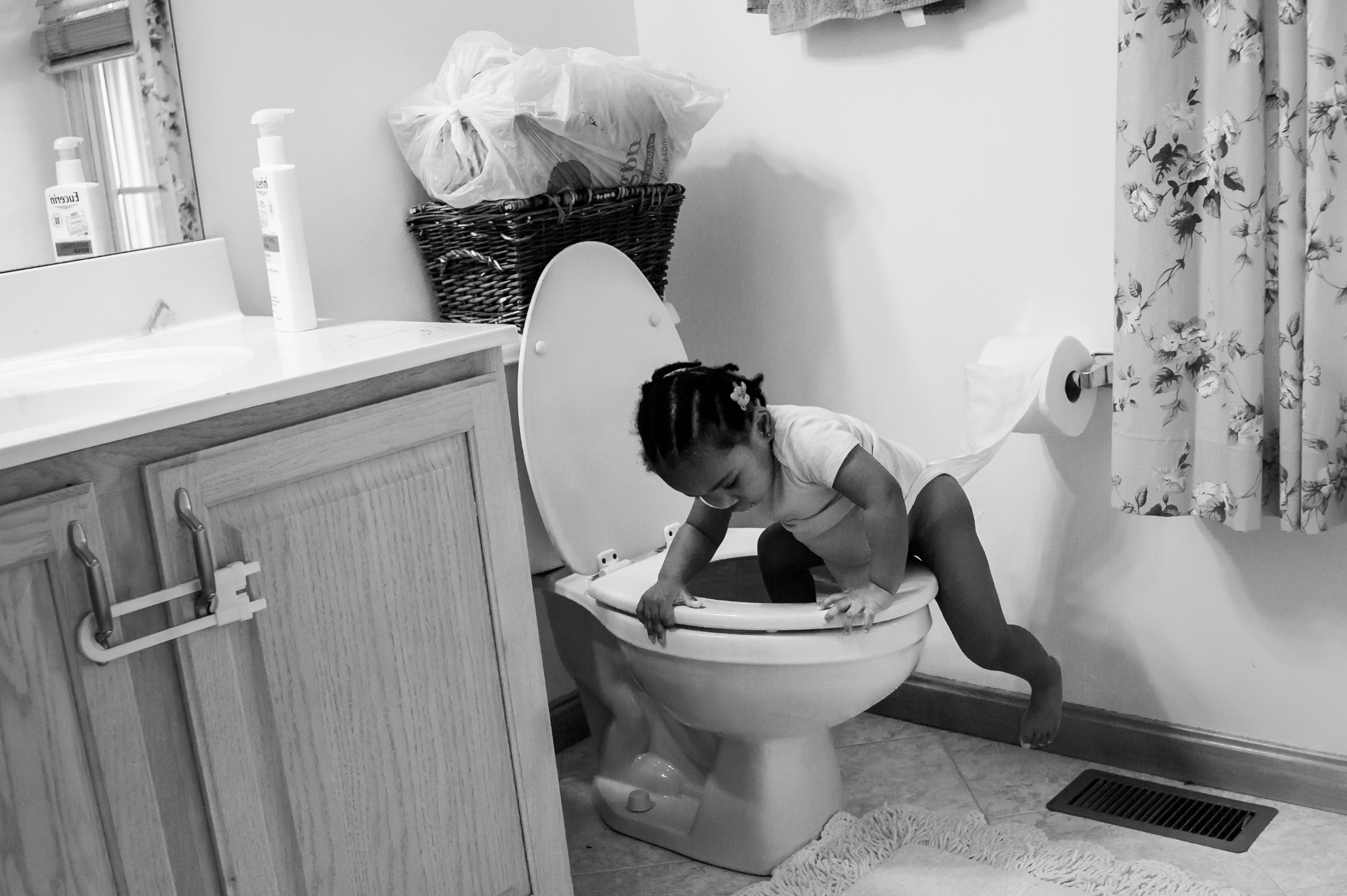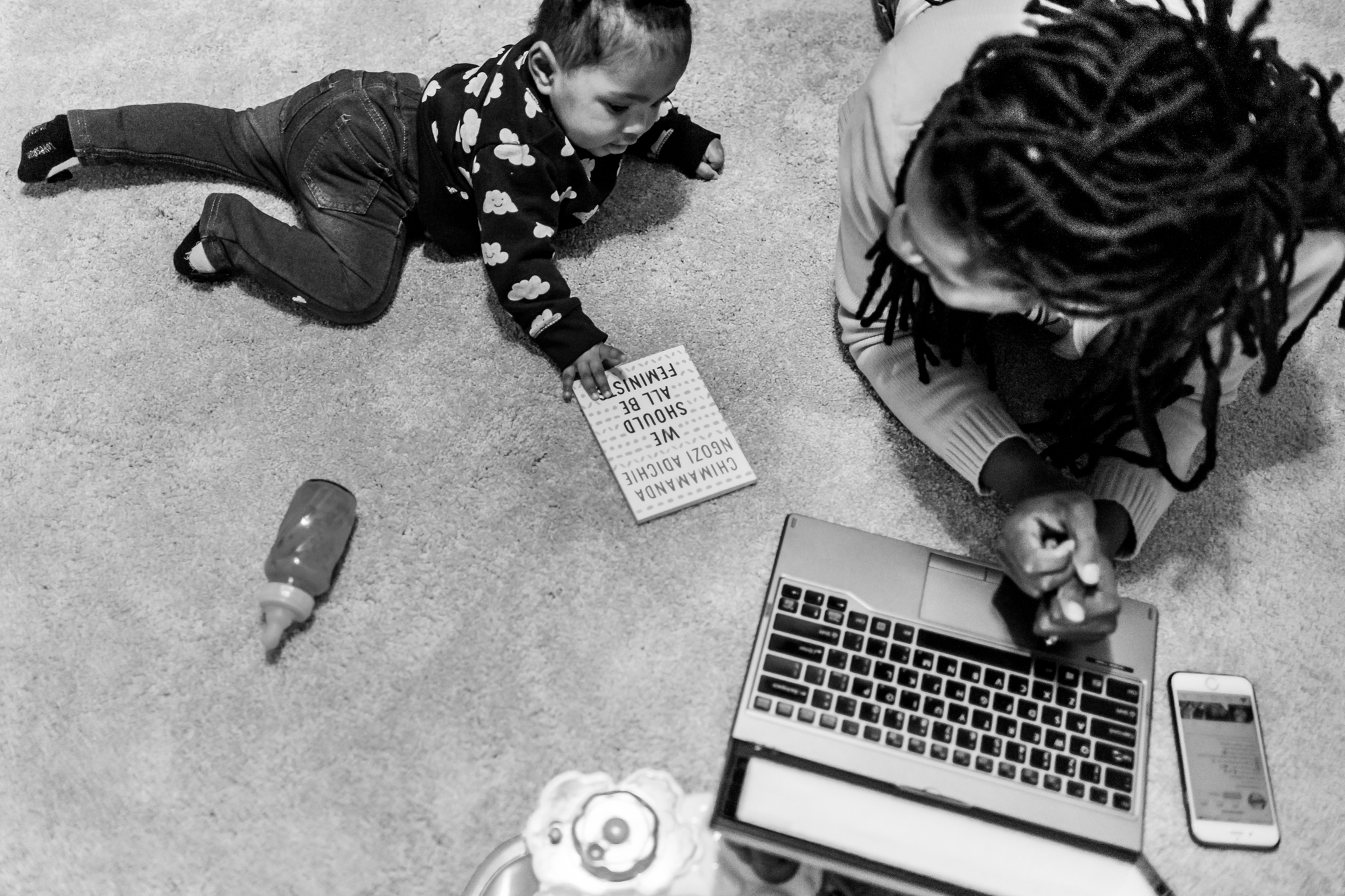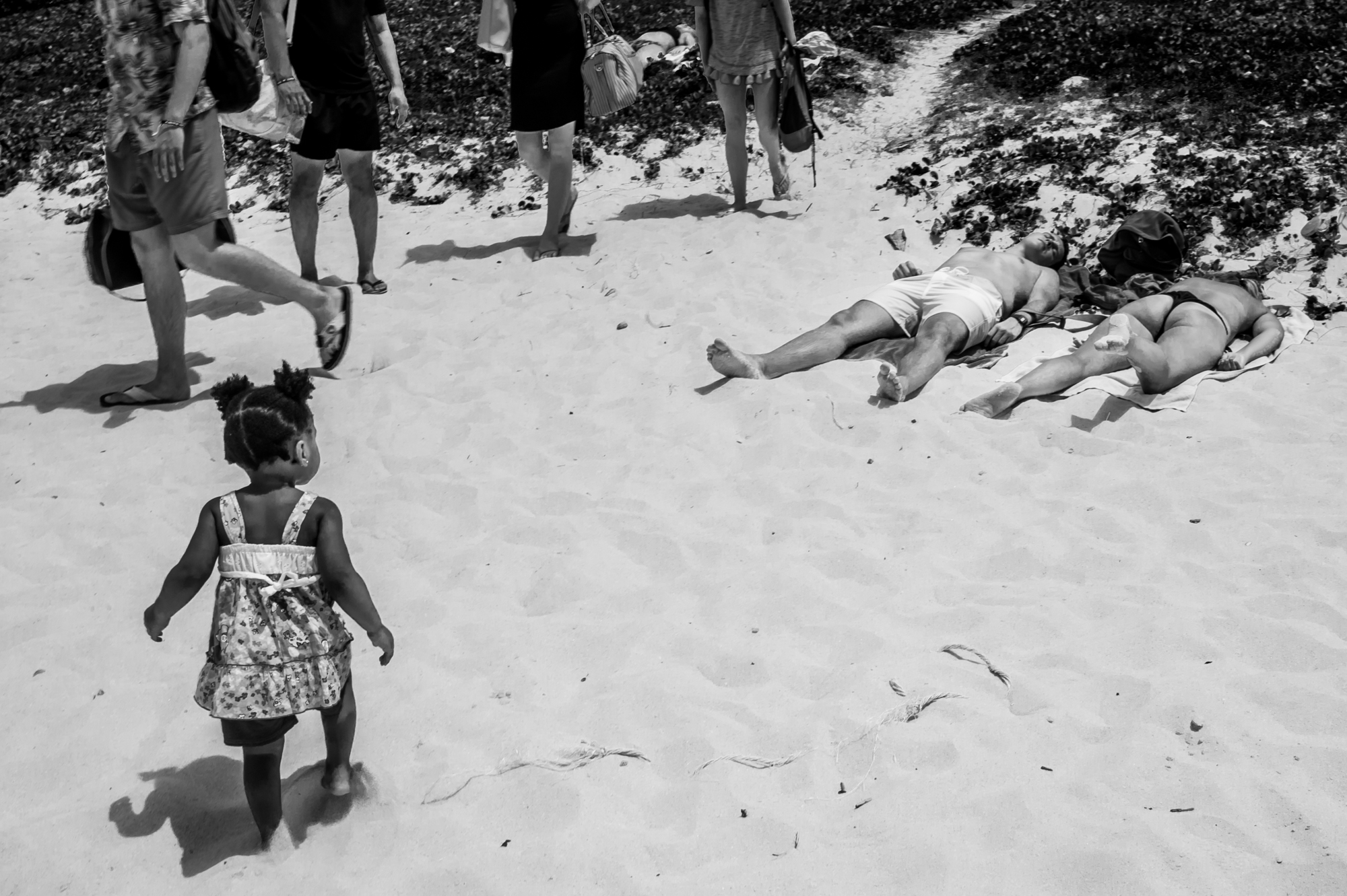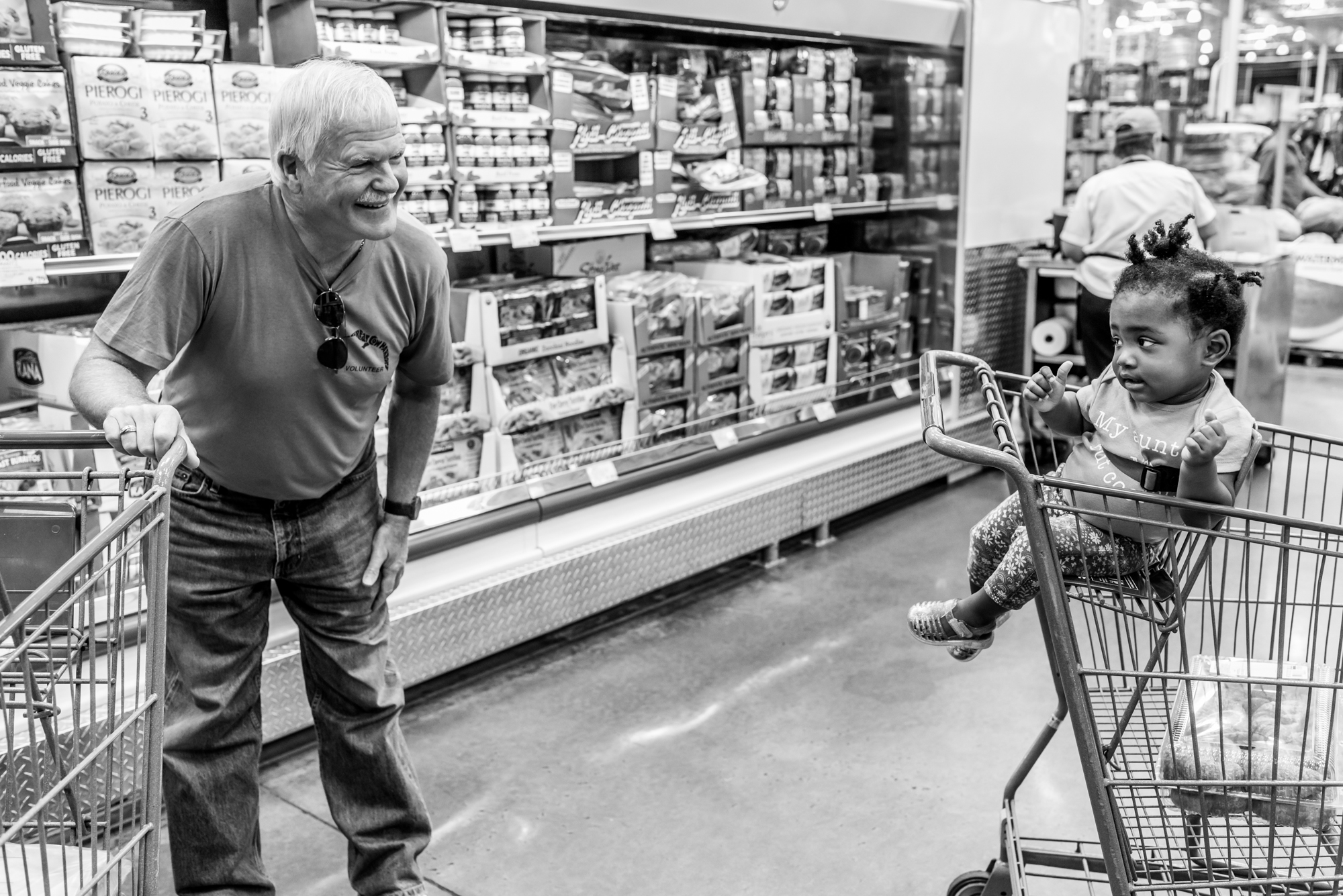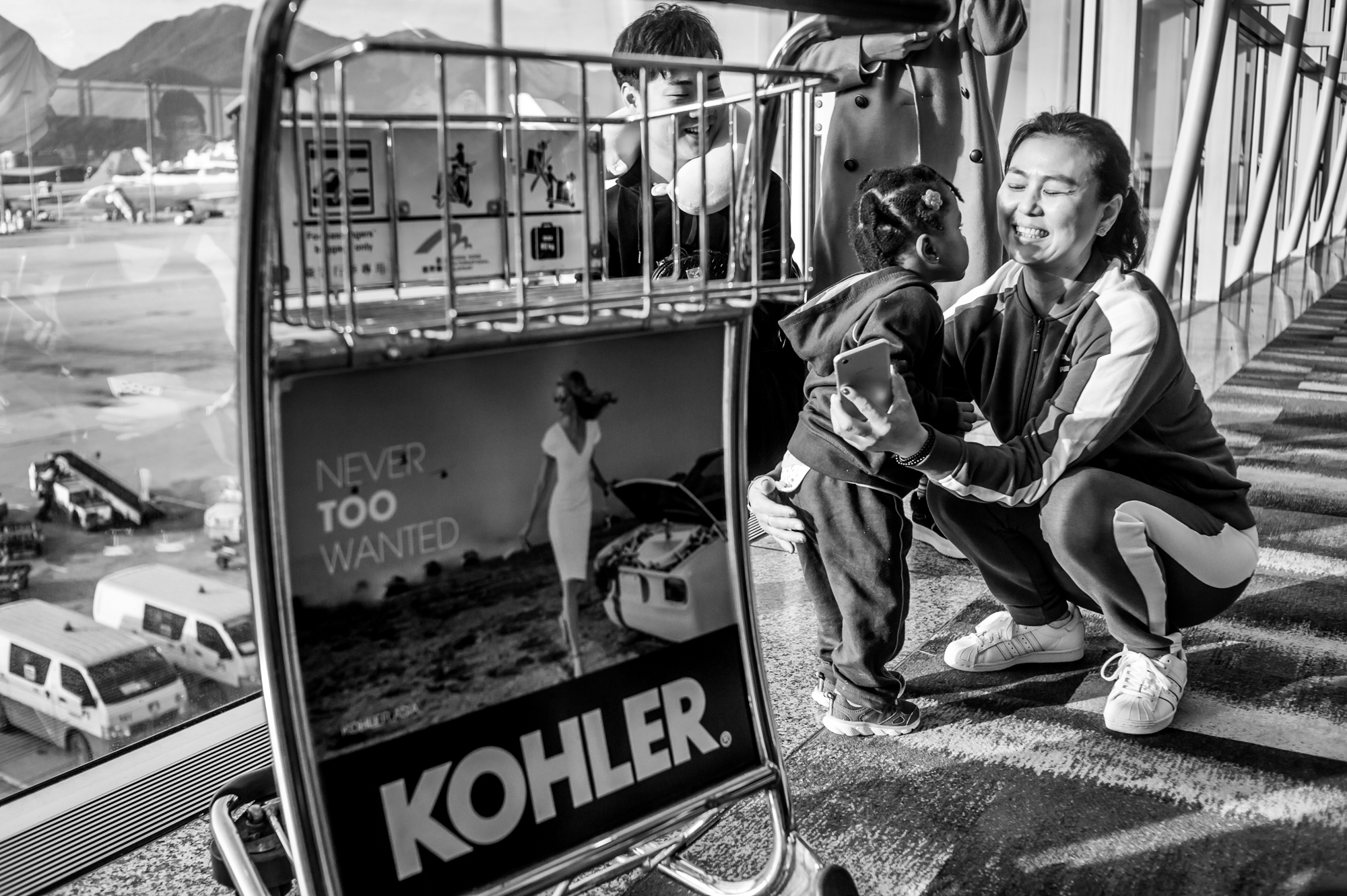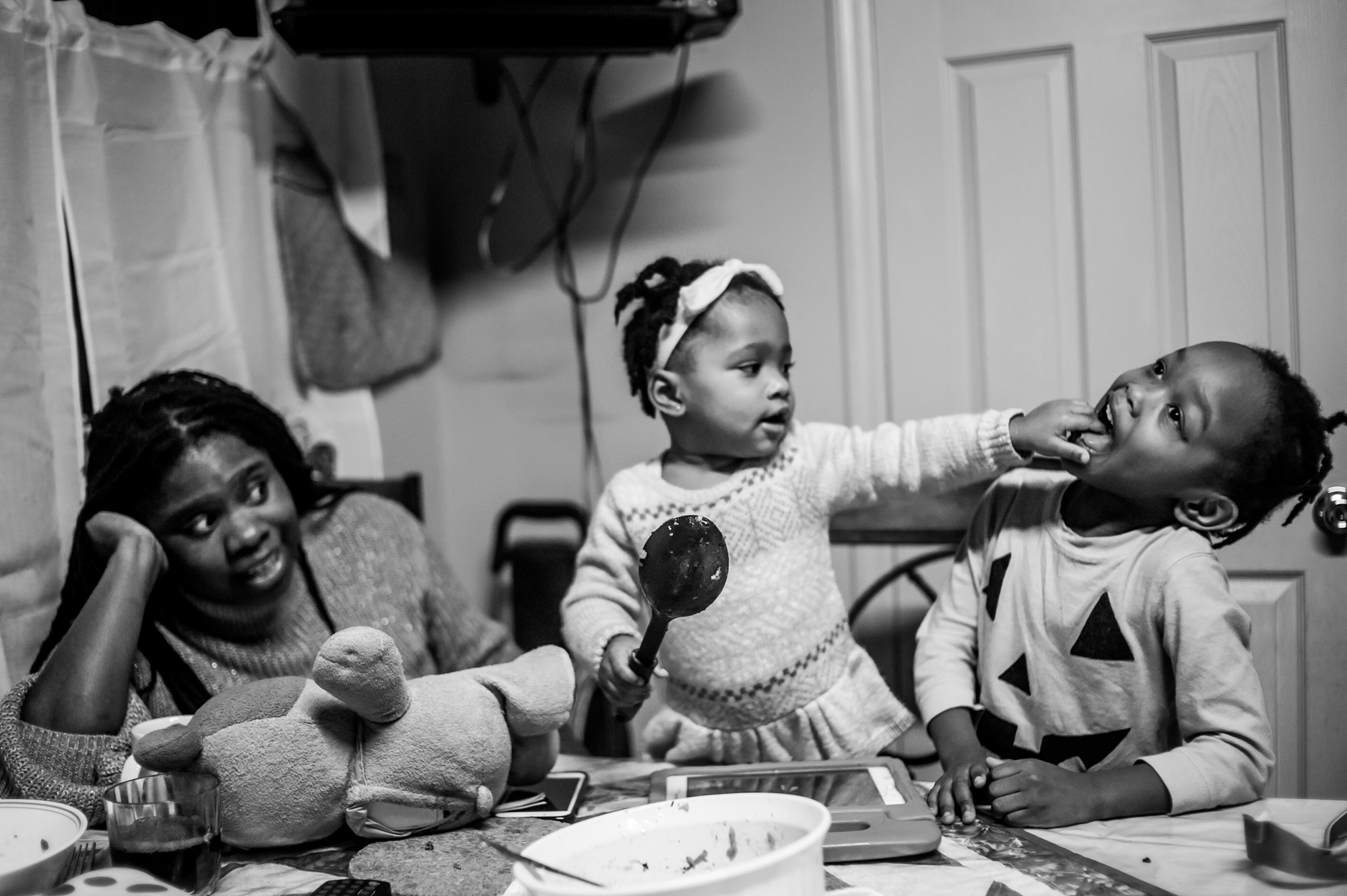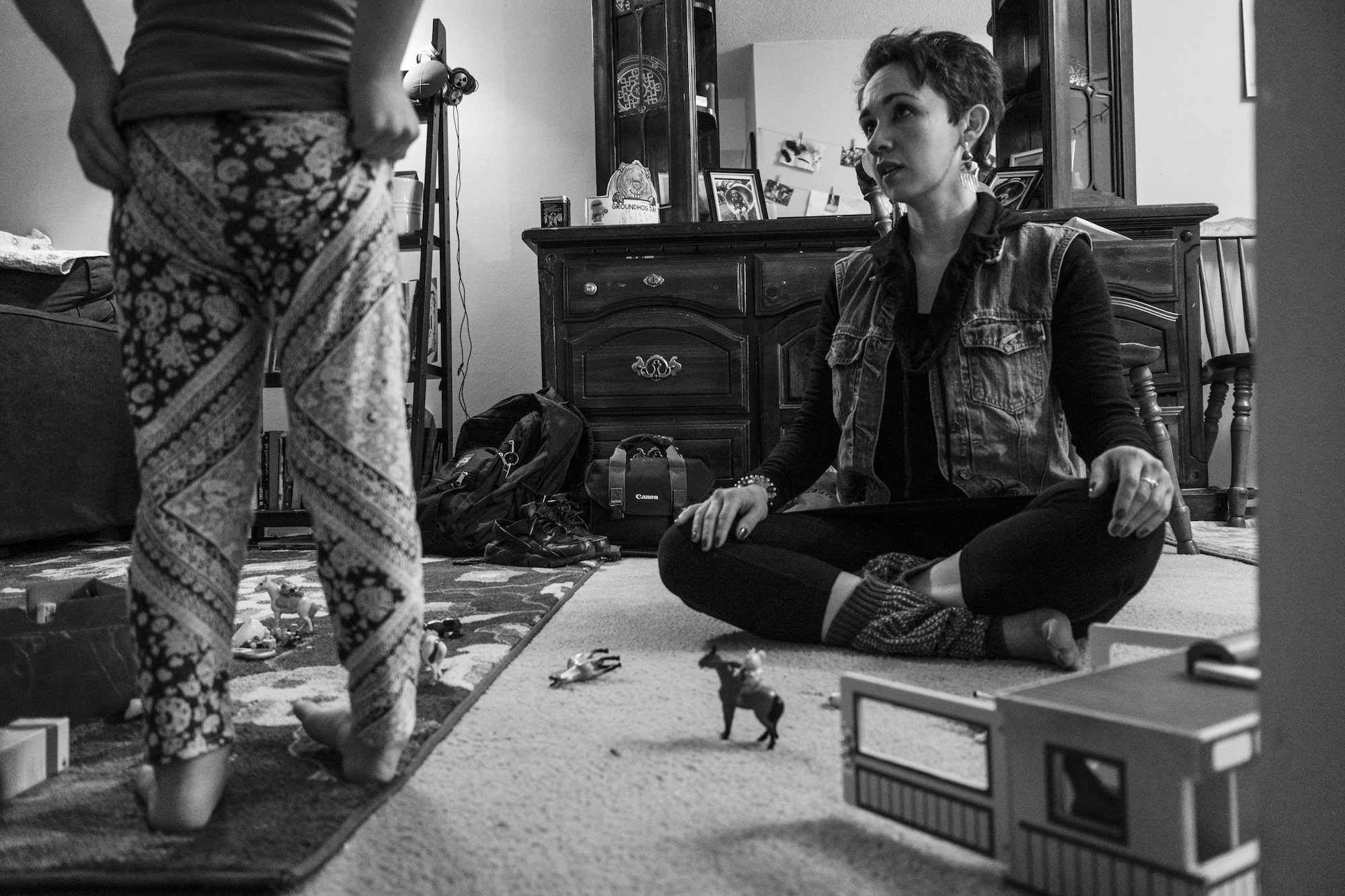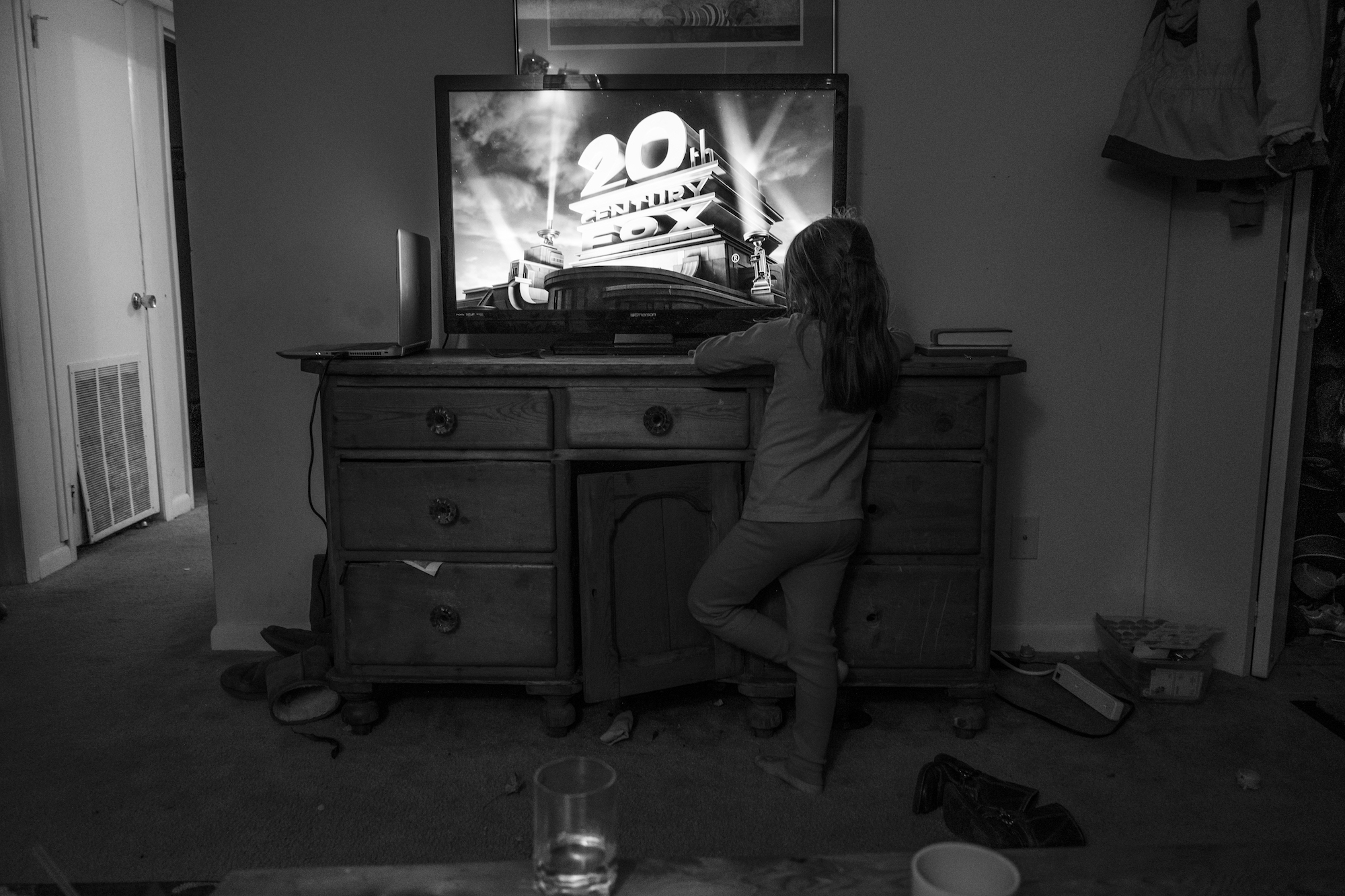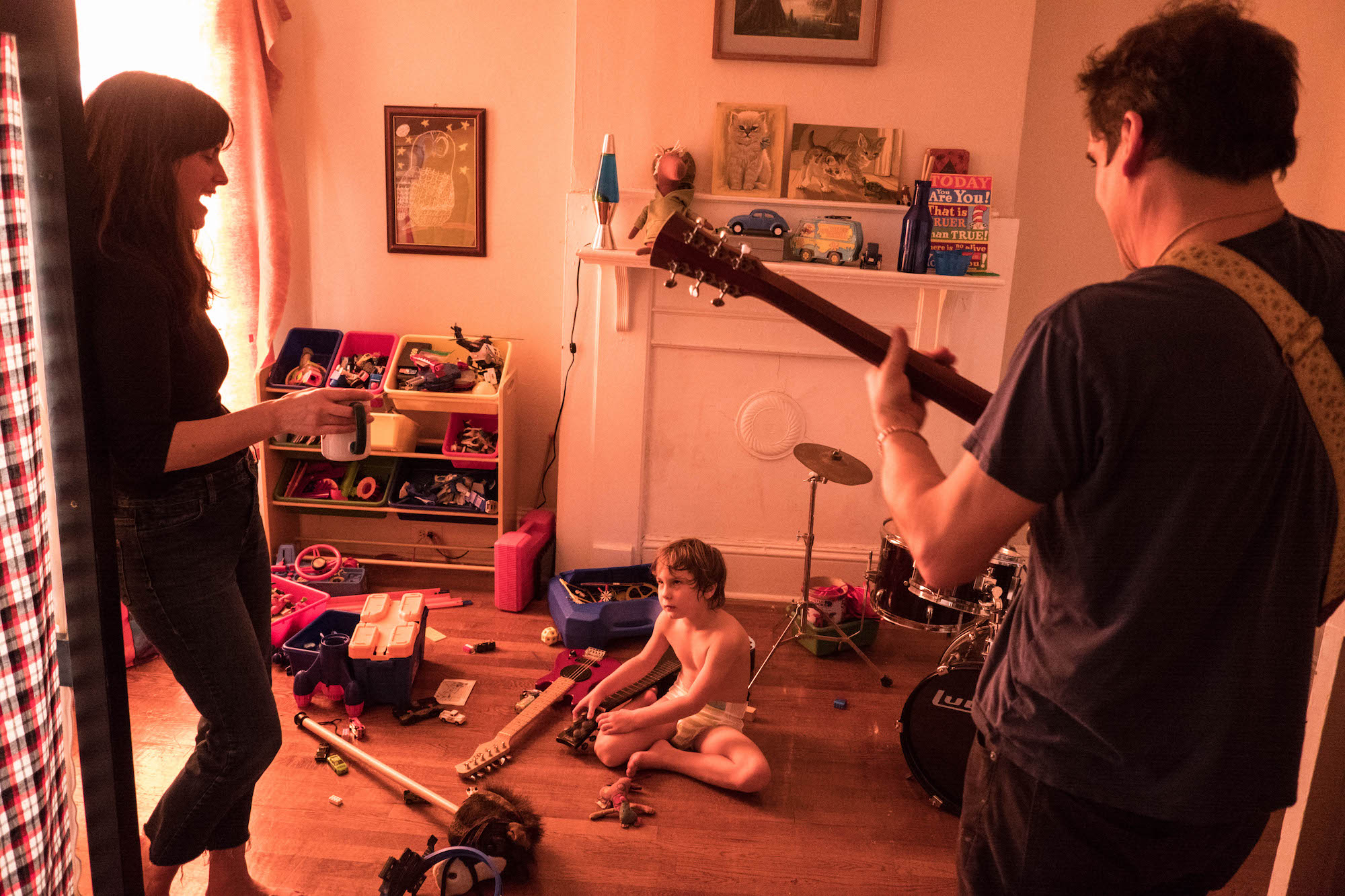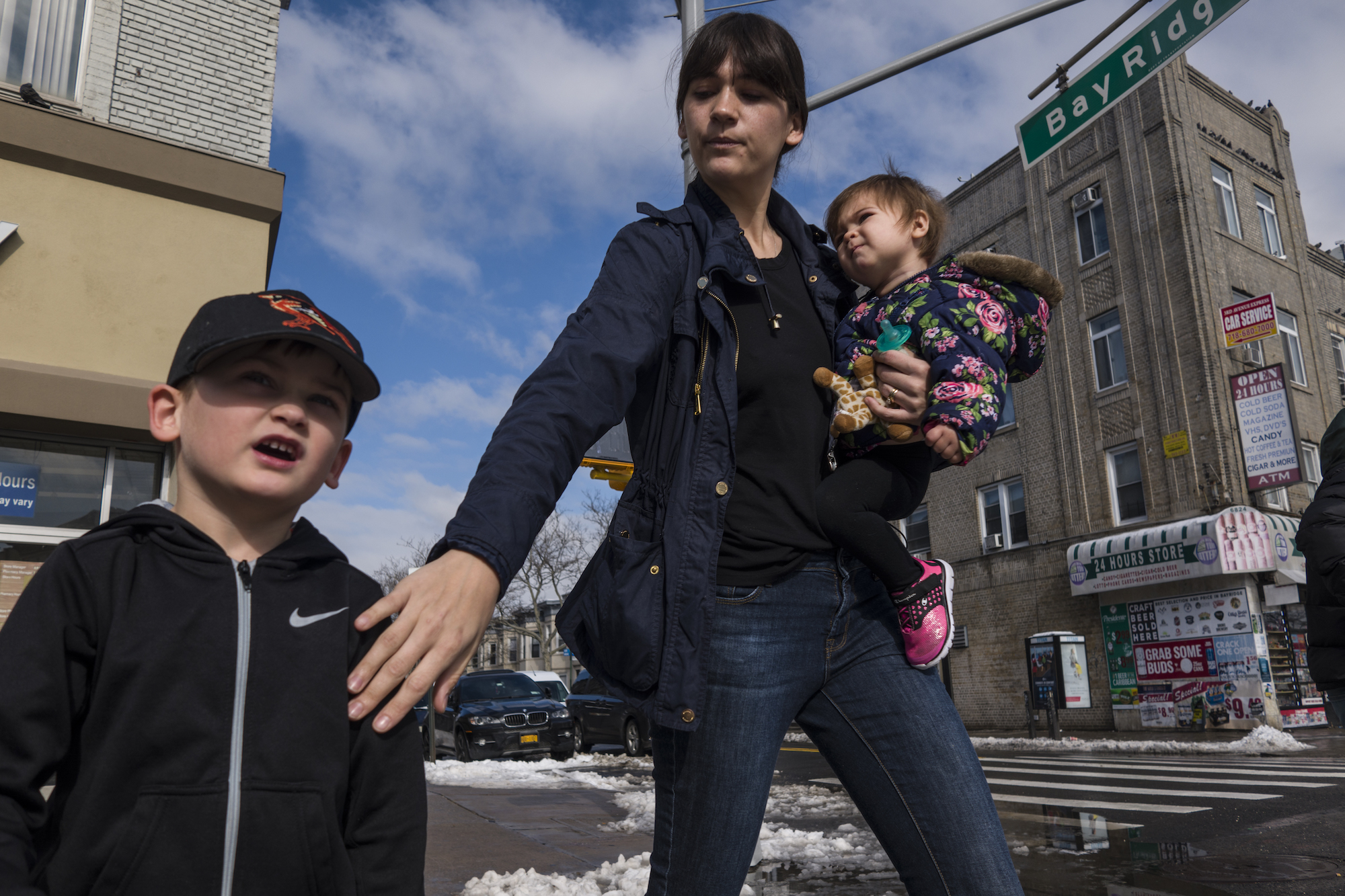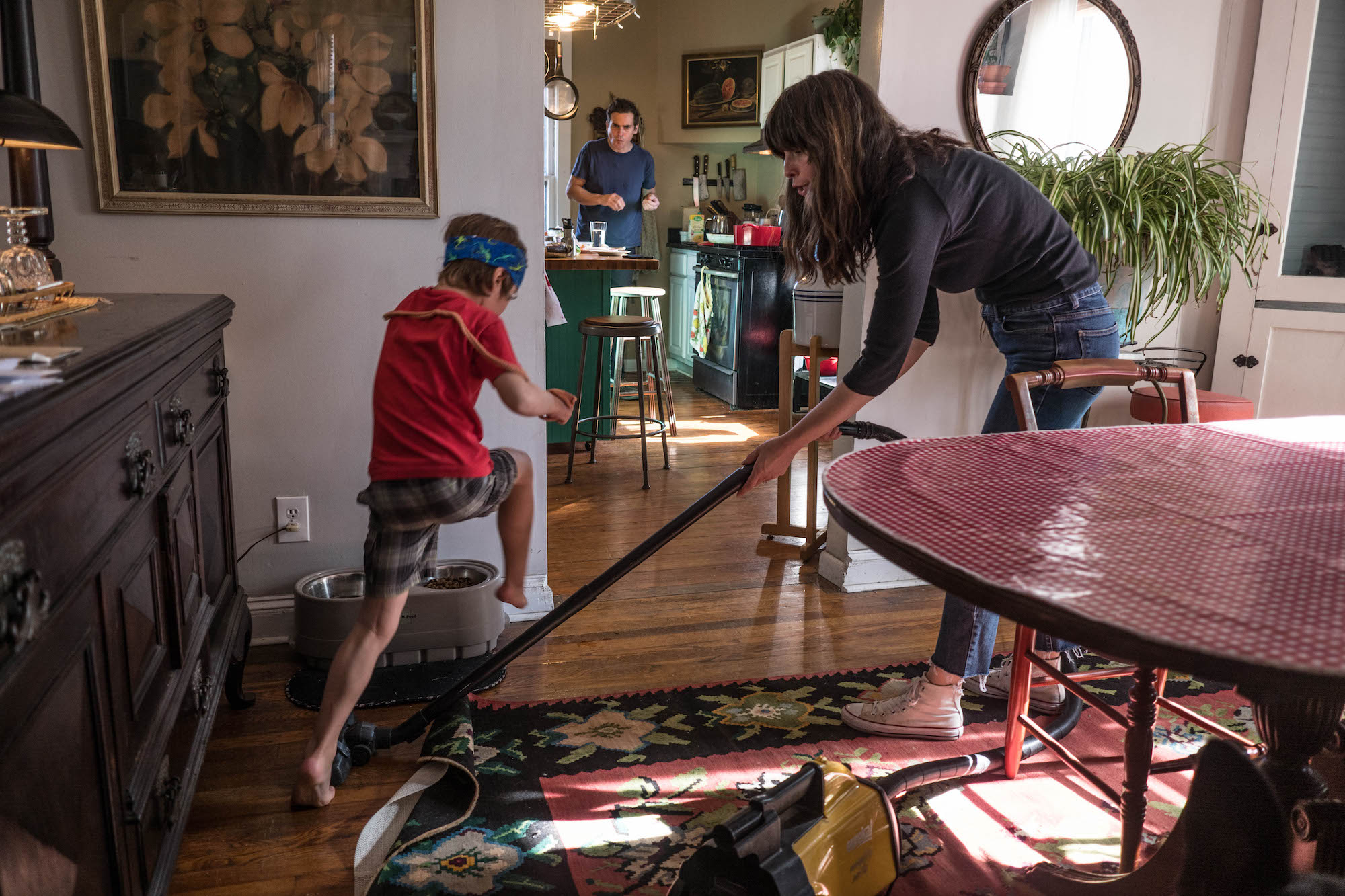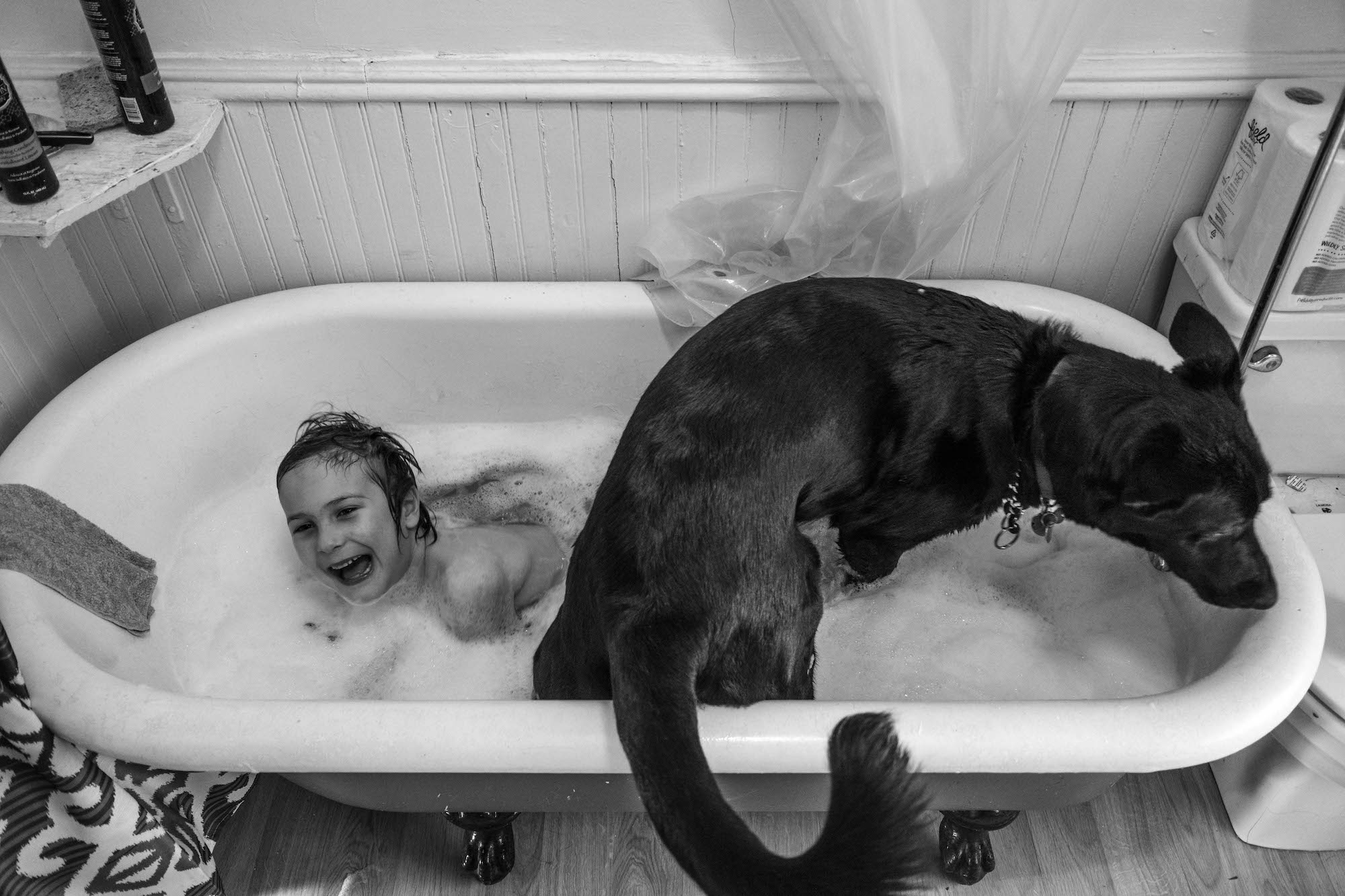Today we are featuring Kelly Manweiler’s project called Most. Beautiful. Collaboration. which is a play on the acronym MBC which stands for Metastatic Breast Cancer. Kelly became friends with Vesna, and together they are documenting Vesna’s life with MBC in order to raise awareness and support.
You can see more of Kelly’s’s work on her website, Facebook, and Instagram.
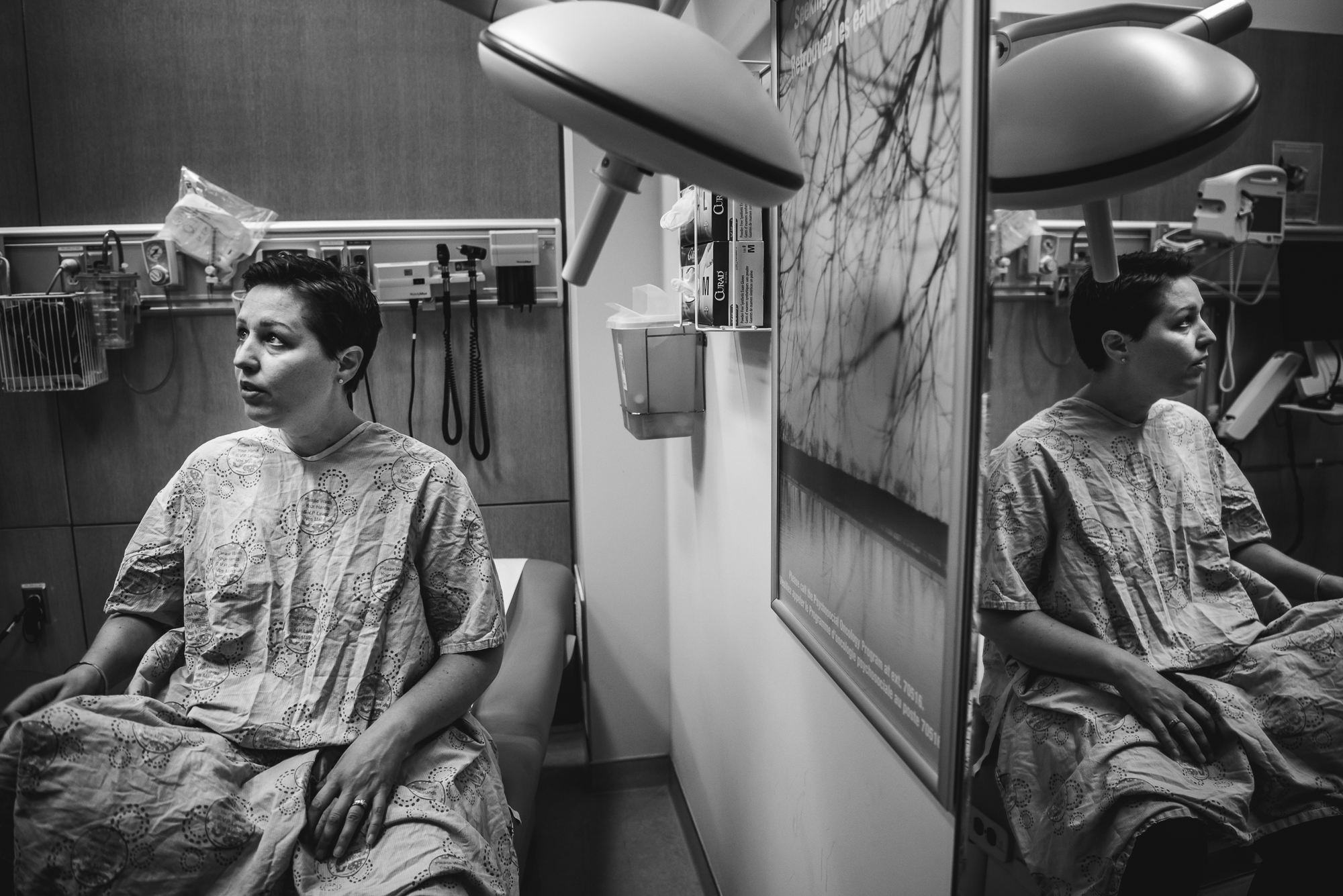
Lisa: What a beautiful collaboration you and Vesna have. As a friend, how do you approach telling her story? Do you try to be objective or do you embrace that personal connection you have while capturing her life?
Vesna and I met when she contacted me to create a memory quilt out of her husband’s old punk band shirts. In addition to being a photographer, I also have a small quilt making business where I make custom memory and memorial quilts. She mentioned in her inquiry that she was from Ottawa, so I looked her up to see if we were connected at all. When I did I found out that she was living with Metastatic Breast Cancer.
My wait list for quilts is around 2+ years. I didn’t know a lot about Metastatic Breast Cancer (MBC), but I knew that time might not be on our side. I wrote to her, admitted that I’d creeped her on FB to see if we were connected through friends and found out she was living with MBC. I offered her an immediate spot and we started working together on the quilt soon after. The process can be pretty long, with a lot of back and forth, which gave us the chance to get to know each other.
As I got to know her I realized that she wasn’t just living with MBC, she was advocating for changes to the health care system and working to support women who live with or will one day live with MBC. She was giving talks, travelling to present her story, raising funds, all while balancing treatment, and life as a mother and wife. She’s pretty amazing. One day I mentioned that I was also a photographer and brought up the idea of collaborating on a personal project together to help her spread her story, if that was her goal. So our friendship started during the quilt making process, but has grown through the Most. Beautiful.Collaboration. When we first started working on the project, I asked her to make a list of what she wanted to share. She made a list of things from her personal life and a list from the medical MBC side of life. We work with our different schedules to try and cross off all the items on the list, which grows and changes over time. When we do a series for the project I accompany her either to some type of appointment or personal event/daily activity. I just follow her lead and document what happens as it happens to the best of my ability. I’m not a fly on the wall pretending I’m not there, that would be disingenuous. Especially during a personal series where we’re talking and hanging out. With each series of images we write what we think of when we see the photos from our unique perspectives. The photograph taking is an attempt at objective documentation, but the write up with each post is definitely subjective. It’s an important part of the project to share our very human subjective observations.
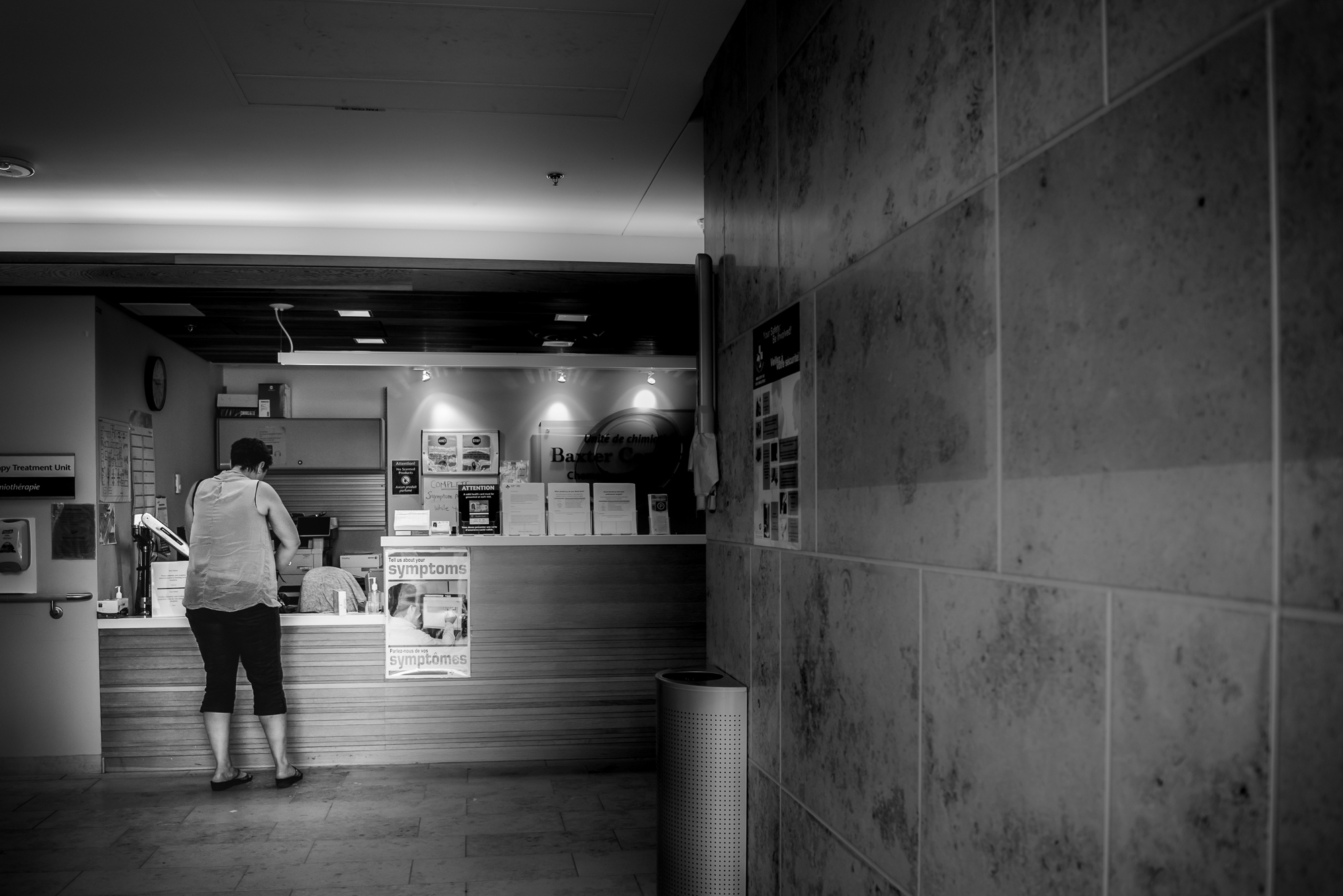
Leslie: Beautiful images and project. How has photographing this project over time changed how you approach photography in general?
I think my technical approach to photography is always changing. I’m always trying to improve and know I’ve got a lot to learn. From a personal approach, I’ve always felt really passionate about photography and the importance of documenting moments. I think there’s a lot of weight in even a simple photo, so I don’t feel like that has changed, but has become more enriched and reinforced.
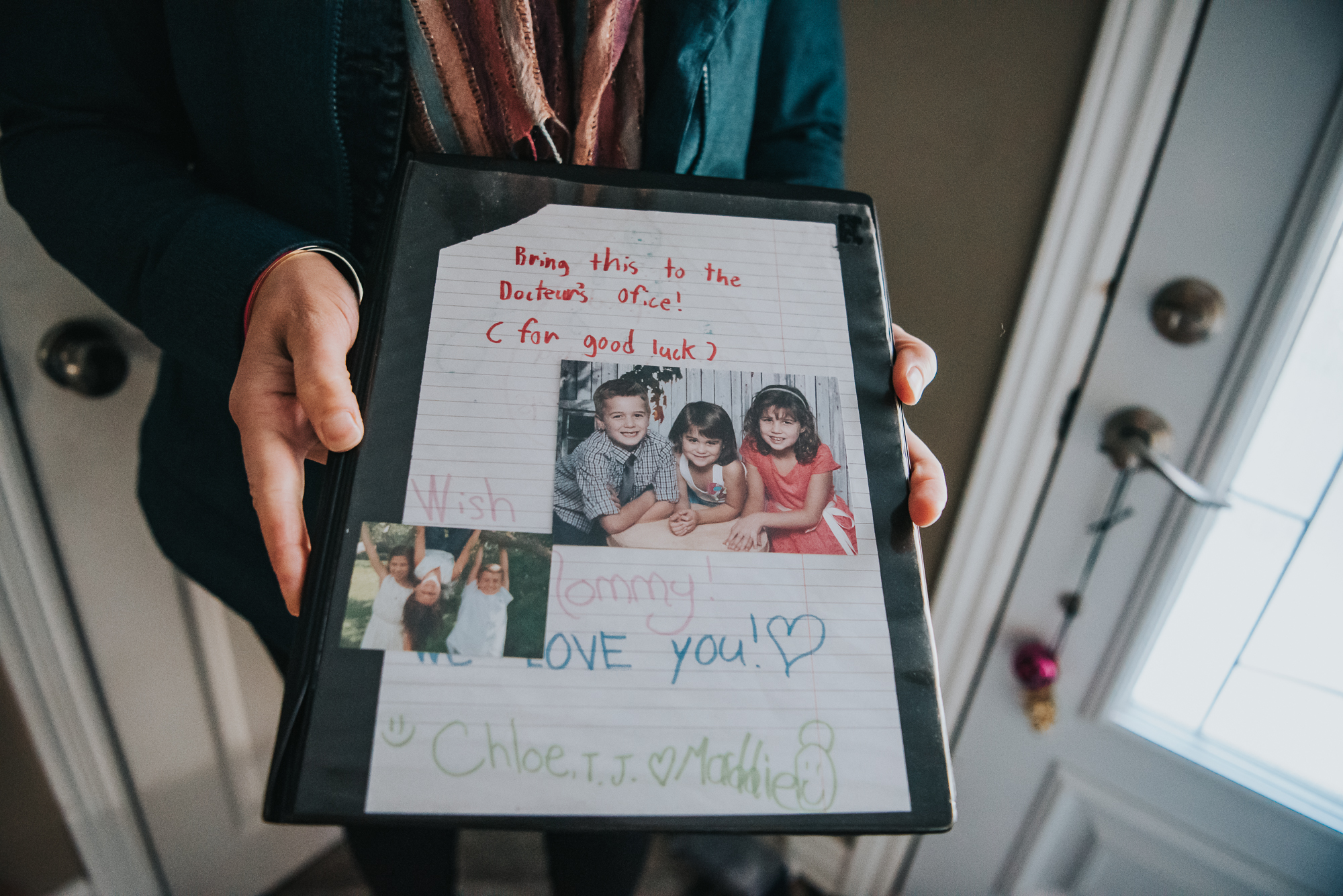
Lacey: I see that most, but not all, of your photographs for this project are in black and white. What makes you decide whether an image will be black and white or in color?
I didn’t enjoy colour editing for a long time and felt much more drawn to Black and White (likely due to years of black and white darkroom love). Over the last few years though I’ve been working on colour and have become quite fond of it. Sometimes I’ll edit an image in both colour and bw and let Vesna choose, but usually I make my choice based on what it brings to the image. If colour is part of the story, or adds to in/enriches it in some way I’ll opt for it, but if it doesn’t than I’ll create a BW edit. I feel like sometimes colour can take away from the pureness of a moment or add unneeded distraction. There have been a few times where Vesna has requested an image in colour because there’s meaning for her in the colour and in those cases I’ll go back and do an alternate edit.
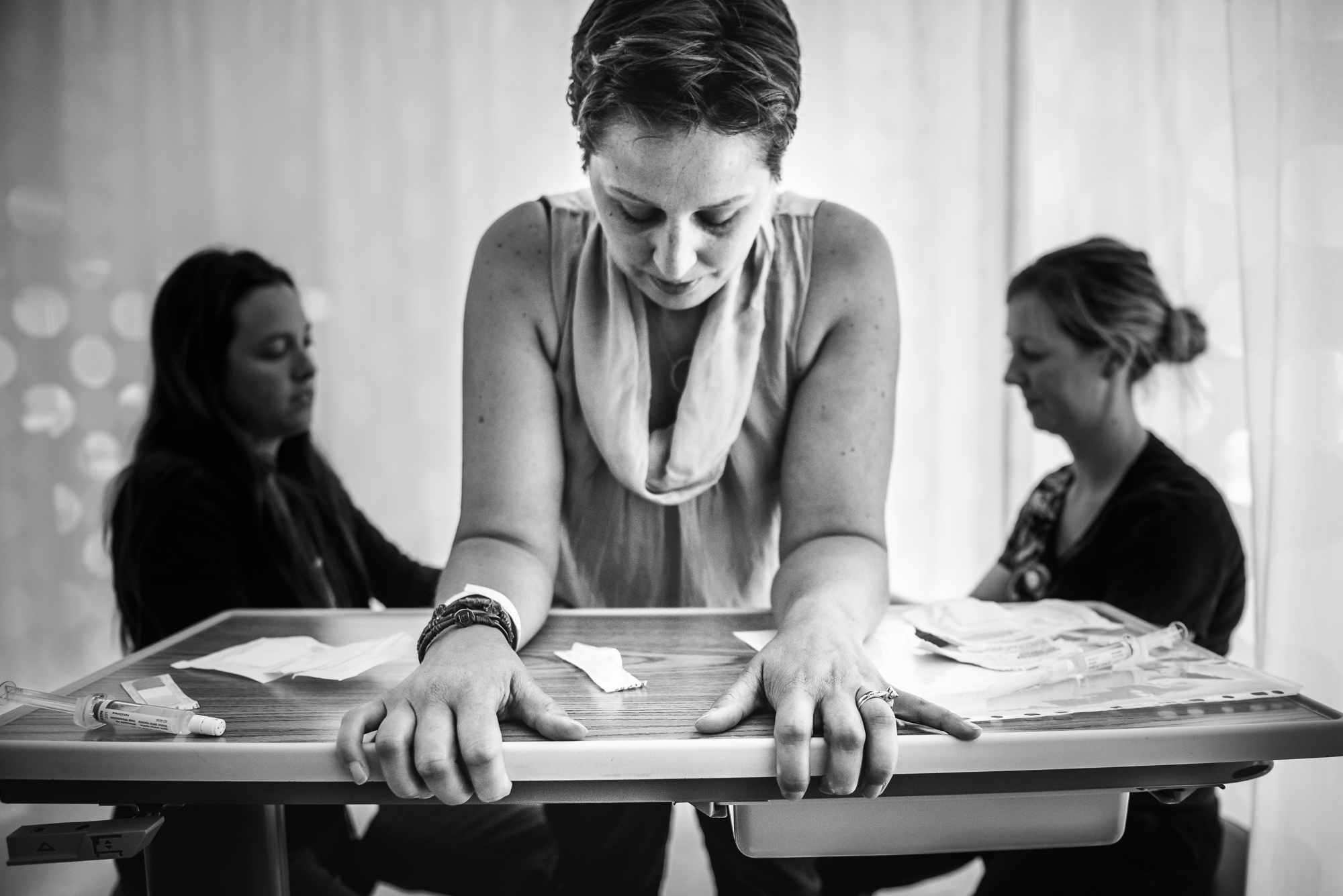
Jenny: Such a beautiful collaboration and images! There must be times where it was very difficult to photograph this story, especially as it is that of a friend. How do you remain professional in those times, or have there been times where your emotions go the best of you?
I don’t feel like there’s much of a division between professional Kelly and unprofessional Kelly. Aside from curtailing my swearing tendencies, I’m pretty much just who I am no matter who I’m with or what I’m doing. In an earlier session, where I documented Vesna doing self injections, I remember asking her if she wanted me to be a wall or a person when faced with big emotions during our project together. She said that part of the reason she wanted to work with me was because of my genuineness and that she wouldn’t want me to be any other way. So that’s how we roll. When she told me the story of the day she got her diagnosis I wept, and she wept. I don’t think it’s unprofessional to feel. I don’t think my emotions can ‘get the best of me’, I think they are the best of me. They are what allow me to sometimes see moments that others might not, to appreciate the light and dark, and to recognize how fleeting each moment is. I would never want my emotions to dominate a situation, but I don’t think they should be completely locked out.
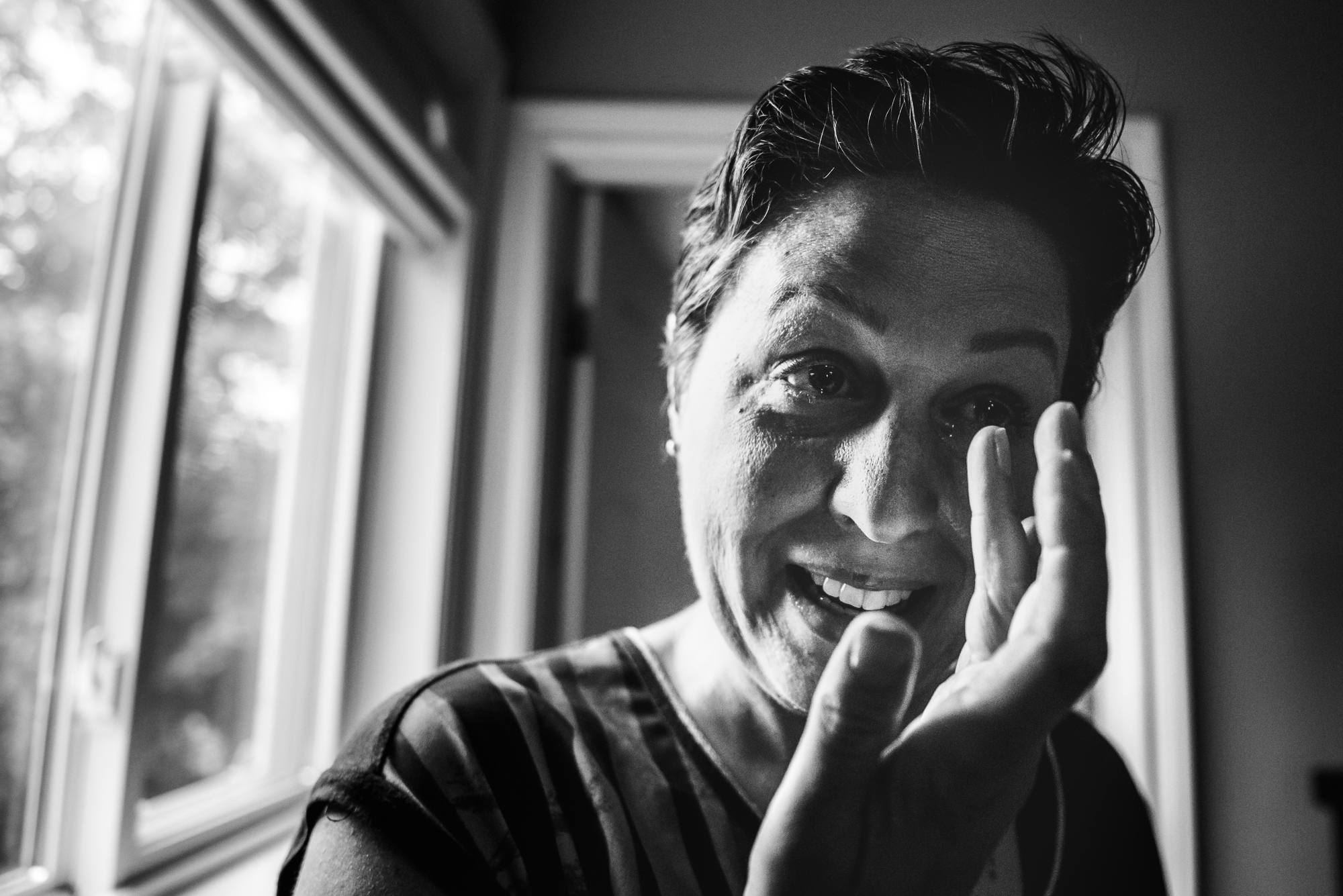
Erika: Beyond raising awareness for MBC and telling her story outright, do you have an argument or concept that helps guide you while shooting, culling and presenting the images for this project? What do you see as being the end state for these images? Website? Book? Exhibit? Usage in collateral material for a related non profit?
My overarching goal is to do some good in the world. In this case it means helping Vesna tell her story and work toward change and understanding. The most important thing I’ve learned so far is how little I know. The statistics are frightening; what’s more frightening is how totally ignorant I was. When faced with new information I realized how many people I’d lost to MBC without even realizing it.
I go into each situation and document as I would with any other documentary session. I cull the same way too. I don’t limit myself on how many images to save from a session, but base my selections on technical quality, aesthetic, and emotion or moment. So if an image isn’t super crisp, but captures something meaningful then it stays. I share the images with Vesna and we choose our favourites for the post, write up our observations or ideas and share.
Since we began the Most. Beautiful. Collaboration. we’ve provided some of the images to help campaigns by The Ottawa Hospital’s Cancer Program, Rethink Breast Cancer, and The Pink Ribbon Project Fundraiser to raise funds and awareness. We hope to continue to help where we can. We currently share posts through my website and our various social media pages. We’ve talked about where the project will go when we’ve completed the list or if either one of us feels it’s time to morph it into something else. Two ideas we’re thinking of are creating a small exhibit and the possibility of a book down the line, but for now we’re focused on continuing with what we’ve started.
Thanks for the opportunity to share these images and Vesna’s story!
For more information about MBC, you can check Vesna’s Facebook page.
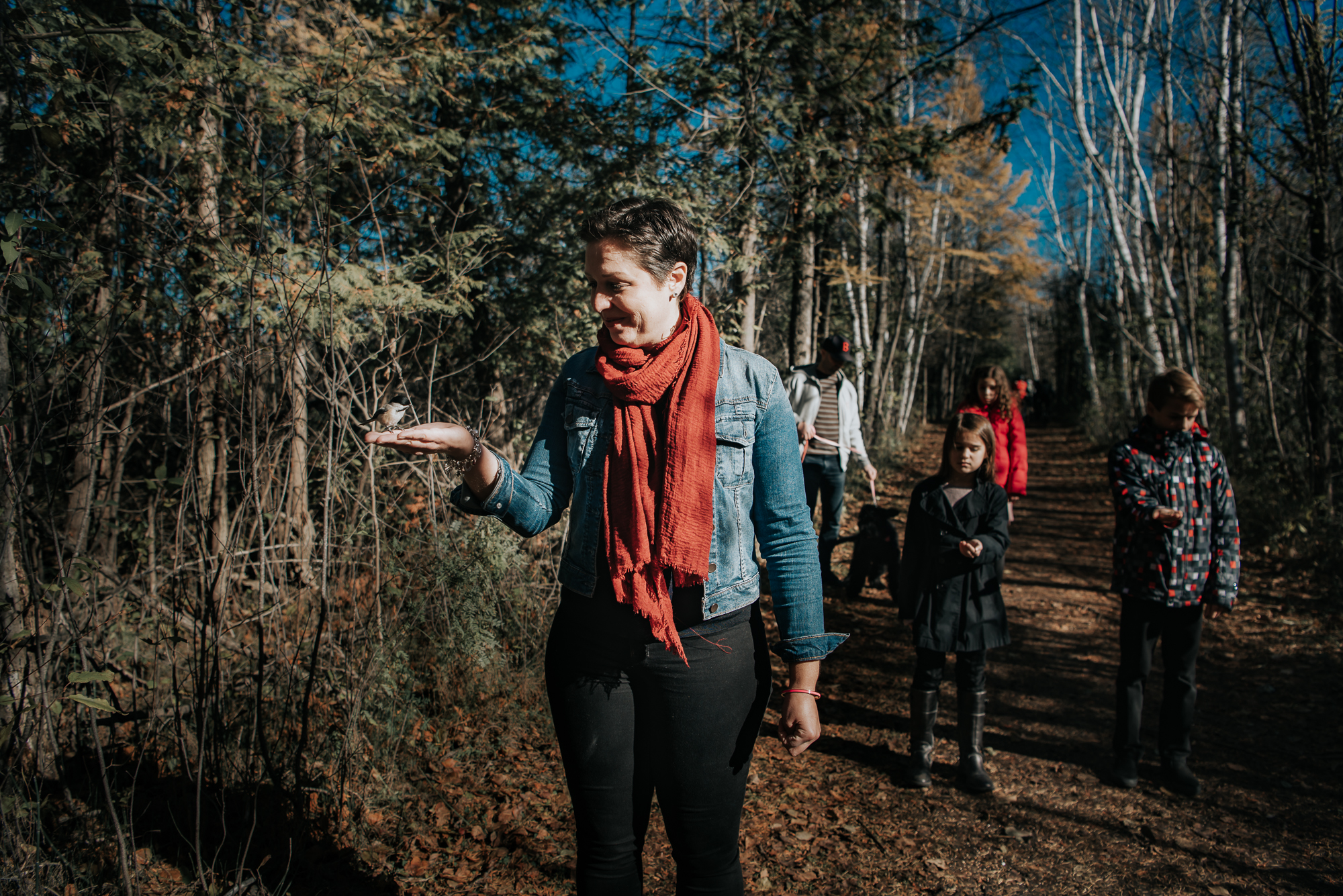
*****
Want information on how you can be a featured artist? Check out our submission page for all the details.


